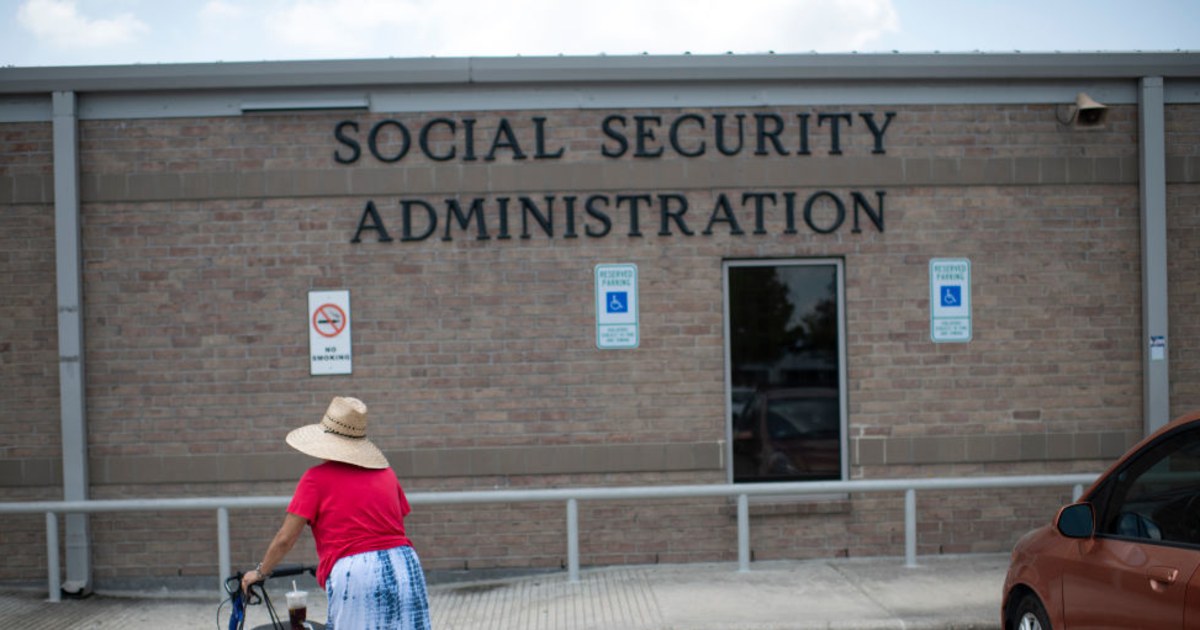Will the rich be able to solve the famine in the world?
2:12
Editor's Note:
Dr. Priya Fielding-Singh is Associate Professor of Family and Consumer Studies at the University of Utah and author of the new book "How the Other Half Eats: The Untold Story of Food and Inequality in America."
Dr. Ilana Raskind is a researcher at the Center for Health Outcomes and Population Equity at the Huntsman Cancer Institute at the University of Utah.
The opinions expressed here belong exclusively to their authors.
(CNN) -
With inflation at its highest in 30 years, Americans are about to face a Christmas season marked by rising food prices.
Thanksgiving is projected to be the most expensive in history, as pandemic-induced supply chain problems and labor shortages contribute to the cost of many foods, including turkeys. , be higher and higher.
World food prices rose 30% in one year
These increases affect food expenditures around the world, but disproportionately hurt low-income, black and brown families. Left unaddressed, escalating food costs will not only make it difficult for these families to bring holiday meals to the table, but will significantly exacerbate long-standing inequalities in hunger and nutrition.
The pandemic did not create these inequalities.
Before the COVID-19 pandemic, 1 in 10 American households was food insecure, meaning they did not have access to enough nutritious food.
This rate was already notorious and embarrassingly high among rich and developed nations.
But rates of food insecurity have long been higher for Black, Latino, and Native American households, single parents (especially mothers), and families with children.
The importance of "fighting food insecurity"
In the past two years, we have seen these gaps only widen. Pandemic relief efforts helped prevent hunger rates in the United States from skyrocketing overall, but failed to address deep-seated inequalities. While hunger in white households decreased from 2019 to 2020, according to research by the United States Department of Agriculture, it increased in black households and households with children, and remained the same among Latino households. Compared to white households, Latino and black households now experience roughly double and triple the rates of food insecurity.
As we enter the holiday season, with double-digit increases in supermarket costs, hunger relief organizations and food banks are working tirelessly to ensure families have enough to eat.
But these food charity efforts have painful limitations.
America's hunger problem is too great and its inequalities too wide for any number of individual food donations to solve.
Only swift and forceful government action can do this.
Such action should effectively reduce hunger rates overall, bringing them well below the 1 in 10 figure that we have come to accept as "normal", while addressing persistent inequalities in who is hungry first. place.
Thanksgiving Dinner Will Cost Americans 14% More This Year, Survey Finds
Achieving both goals will require combining reform of anti-hunger policies that directly affect access to food with strengthened social policies that address the root causes of food insecurity. At the core of this agenda must be the recognition that food banks will never solve hunger alone. Instead, the government must dismantle hunger by making permanent changes to food assistance legislation and broader social policies. These changes include, but are not limited to, instituting increases in food assistance benefits that keep pace with rising cost of living, eliminating discriminatory defects that systematically exclude racial / ethnic minorities from access to safety net benefits ,expand child care assistance and child tax credits and provide regular cash assistance to families.
The Supplemental Nutrition Assistance Program (SNAP), America's leading federal food assistance program, has the power to fight hunger across the board, but only by increasing your monthly benefits and reducing your benefits. access barriers.
The recent - and long-awaited - permanent 27% increase in SNAP benefits should be just the beginning.
Currently, 80% of families' SNAP benefits are spent in the first half of each month, leaving them increasingly vulnerable to hunger in the second half.
Now, with the price of foods like meat and eggs rising by up to 15%, it is essential that more substantial increases in SNAP take place to cover monthly food expenses for families.
Inflation: everything you need to know about this economic phenomenon
High food prices due to supply chain crisis 3:04
Additionally, the income requirements for food assistance programs like SNAP are strict and do not accommodate modern living costs.
In our state of Utah, a family of four must earn less than $ 34,000 a year to qualify for SNAP.
However, the Economic Policy Institute estimates that a family living in Salt Lake County needs more than double an annual income to have an adequate standard of living.
Any increase in the amounts of food assistance benefits must be done in conjunction with the systematic removal of barriers that prevent families from accessing these benefits in the first place. The pandemic revealed that it is indeed possible to eliminate them: the government waived SNAP in-person interviews, and SNAP dollars could be spent on online orders, saving families time and transportation costs, while allowing them to minimize possible exposure to covid. These actions allowed the program to respond to economic difficulties and expand from 38 million people in 2019 to 42 million in 2021.
Expanding access to benefits will only reduce inequalities if combined with efforts to eliminate the flaws of discriminatory policies that have excluded black, Latino, and Native American households.
For example, research shows that strict SNAP work requirements disproportionately exclude Black and Latino adults from access to the program.
Likewise, widespread restrictions on SNAP benefits for people convicted of drug offenses disproportionately harm the same Black and Latino communities that were long targets of the War on Drugs.
These discriminatory policies have no place in the policy against hunger.
Improvements in the hunger safety net must be accompanied by a strengthening of broader social policies to nip the structural foundations of hunger in the bud. At its root, food insecurity stems from having wages you can't live on, housing unaffordable, a shortage of childcare facilities, and the many ways these inequalities intersect with structural racism, poverty, and discrimination.
For example, long-standing wealth disparities and labor market inequalities affect families' ability to feed themselves in the face of economic crises. Black, Latino, and Native American families entered the pandemic with far fewer resources than white families (the typical white family has approximately eight times more wealth than the typical black family). Similarly, Black and Latino workers, who are highly represented in low-wage jobs and in the worst-hit industries, suffered the greatest economic losses during the pandemic. An increased level of financial hardship and limited savings to draw on made it difficult to maintain adequate access to food for Black and Latino families during the pandemic.
Now, as the holiday season approaches and food prices continue to rise, so does the urgency to address the root causes of hunger.
Fortunately, the pandemic has shown us that swift and forceful government action is possible to tackle hunger.
But this action cannot be reserved only for moments of acute crisis.
The time has come to adopt a national agenda against hunger focused on reducing food insecurity and eradicating the structural inequalities that give rise to it.
In a country where money is more than enough and food is plentiful to feed all families, the hunger crisis in America simply has no place.
Hunger Inflation




/cloudfront-eu-central-1.images.arcpublishing.com/prisa/X33WQ3GSYFF3DBKJDAVIGHN3DA.jpg)


/cloudfront-eu-central-1.images.arcpublishing.com/prisa/PLLMQZDHVVEMHBHGHSS4ZY4A2E.jpg)

